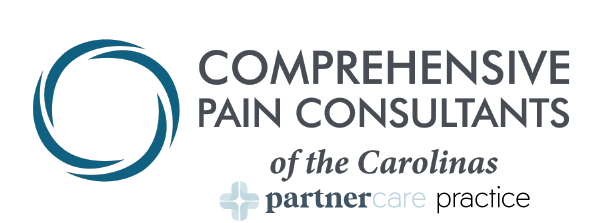The Different Manifestations of Back Pain and How to Approach Them
Back pain is one of the most prevalent medical problems in the United States and is something that most people will experience during some stage in their lives. In fact, eight in ten Americans will face some type of back pain in their lifetime. Not only is back pain one of the most common reasons for missing work, it also interferes with everyday living activities.
Ranging from a dull ache to sharp, stabbing pain, back pain can develop from an injury or may be due to advanced age. While back pain manifests in a variety of ways, the goal of Comprehensive Pain Consultants of the Carolinas (CPC) is to diagnose and treat the root cause of your back pain with a variety of interventional modalities.
In order for CPC to fully treat and understand your pain, it is important to first understand and identify where the pain is coming from. Most back pain falls under three categories: axial, referred or radicular pain.
Axial Pain
Axial pain is often confined to a single spot or region of the body. A muscle strain is a common example of axial pain and typically responds well to rest and medication.
Referred Pain
A dull or achy pain, referred pain can move around or vary in intensity. A common example of referred pain is lower back pain which can unfortunately be trickier to treat than others. Referred pain often responds well to physical therapy, injections, strengthening muscles and decreasing inflammation.
Radicular Pain
Radicular pain feels like searing, radiating pain and is caused by compression or inflammation of the spine. The pain is typically localized to the lower back and may include pain that radiates down the legs. Physical therapy, injections and nerve-blocking techniques can help alleviate this type of pain.
The duration of the pain is also used in diagnosing and treating back pain. Pain is considered to be acute, subacute or chronic. Acute pain may last a few days to a week, while subacute lasts a little longer and chronic pain lasts longer than 12 weeks.
CPC is here to diagnose your back pain and provide an individualized treatment plan. Treatments for back pain may include one or a combination of the following methods: physical therapy, medication, injections, radiofrequency ablation and nerve stimulators. Surgery is an option but is used as a last resort.
Physical therapy exercises increase flexibility, while also strengthening muscles and improving posture. By itself or combined with other treatments, physical therapy is a great solution to lessen back pain.
For immediate relief from back pain, cortisone injections are a great option. The injections go into the space around the spinal cord and nerve roots, helping to ease pain by decreasing inflammation. While relief only lasts for a month or two at a time, injections are successful in diminishing back pain.
Radiofrequency ablation is a technique where a needle is inserted into the area causing pain. Radio waves pass through the needle to the damaged nerves, interfering with the pain signals from the brain. The technique is often successful diminishing back pain. Similar to radiofrequency ablation, nerve stimulators deliver electrical impulses to nerves, blocking pain signals and leaving your back pain free.
Learn more about CPC’s approach to treating back pain by visiting cpcdoctors.com/low-back-pain and schedule an appointment by visiting cpcdoctors.com/contact.

